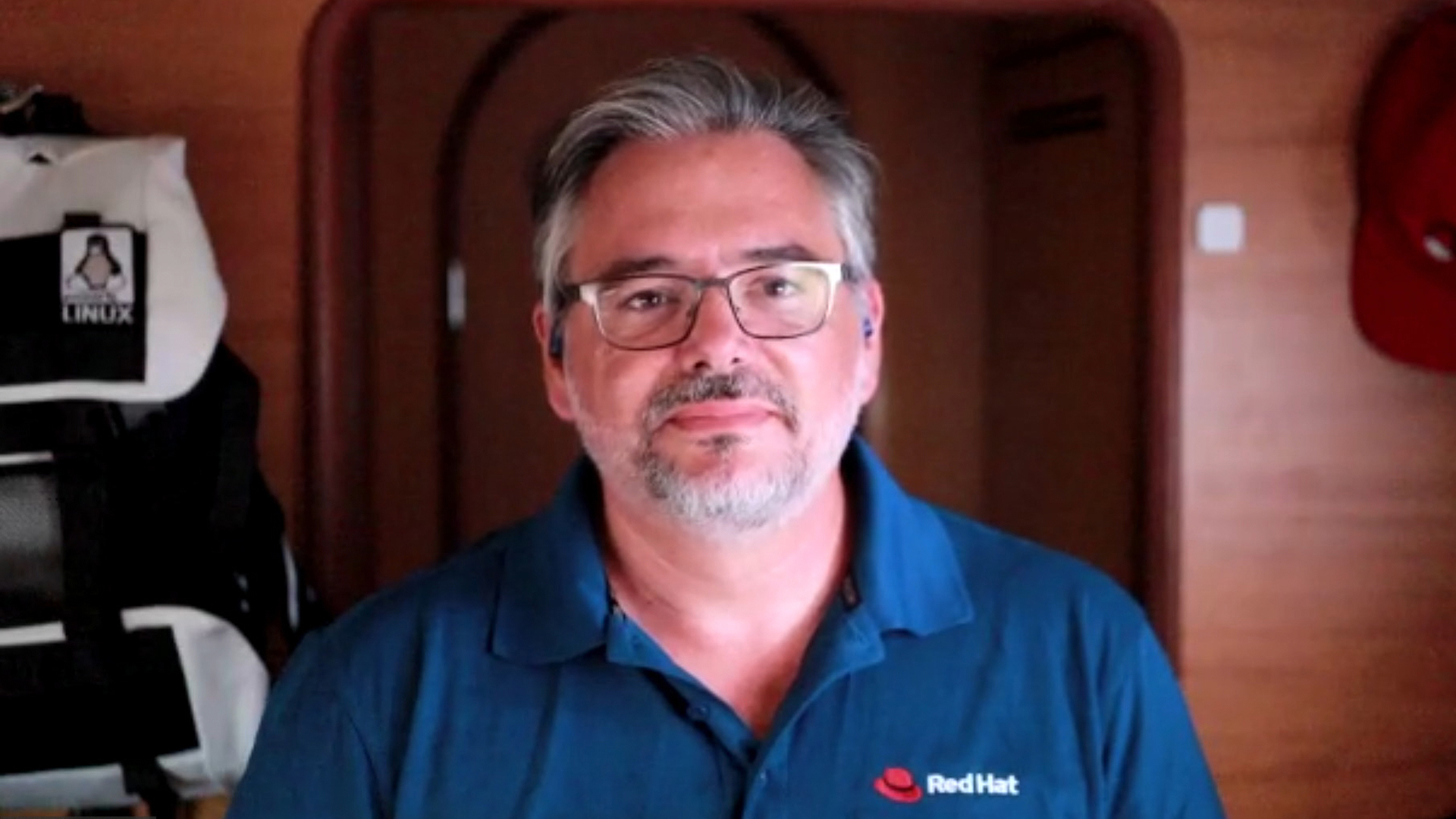 CLOUD
CLOUD
 CLOUD
CLOUD
 CLOUD
CLOUD
Edge computing has been around far longer than many people realize, even predating Kubernetes and all its related open-source technology.
In fact, companies have always sought ways in which to operate faster, with minimal delay, when it comes to data management, including in stores and factories, for example, according to Nick Barcet (pictured), senior director of technology strategy at Red Hat Inc.
“What’s really new today is when we talk about edge computing, it’s reusing the same technology we’ve been using to deploy inside of the data center [but] expand that all the way to the edge,” he said.
Basically, the same GitOps, DevSecOps methodologies that organizations were using inside the data center are now expandable to edge devices, according to Barcet.
“All the efforts we’ve been doing over the past couple of years has been to make Kubernetes even more accessible for the various edge typologies that we are encountering when discussing with our customers that have edge projects,” he added.
Barcet spoke with David Nicholson, host of theCUBE, SiliconANGLE Media’s livestreaming studio, during KubeCon + CloudNativeCon NA. They discussed Kubernetes, its challenges and its effect on edge computing. (* Disclosure below.)
With containers rising to become the preferred method for compute units when dealing with the cloud and cloud native technologies, as opposed to virtual machines, Kubernetes has become more important than ever when managing containerized workloads. But there is more to it than that.
“The reality is, you never use just Kubernetes. You use Kubernetes with a series of other projects that makes it complete or, for example, stuff that is going to be reporting telemetry, components that are going to help you automatically scale, etc.,” Barcet stated.
One thing seems certain, as organizations start to adopt the cloud at an increasing rate, they are realizing the importance of continuing to have access to data locally. Fortunately, Kubernetes has been up to the challenges of managing data when it comes to containerized workloads and edge computing, according to Barcet.
“The funny thing is that at the same time, as the cloud progresses, people start realizing that they have needs that need to be solved locally. And this is why we are deploying edge-based solutions which reliably can provide answers, regardless of the connectivity to the cloud, regardless of the bandwidth,” Barcet said.
Watch the complete video interview below, and be sure to check out more of SiliconANGLE’s and theCUBE’s coverage of KubeCon + CloudNativeCon NA. (* Disclosure: Red Hat Inc. sponsored this segment of theCUBE. Neither Red Hat nor other sponsors have editorial control over content on theCUBE or SiliconANGLE.)
THANK YOU